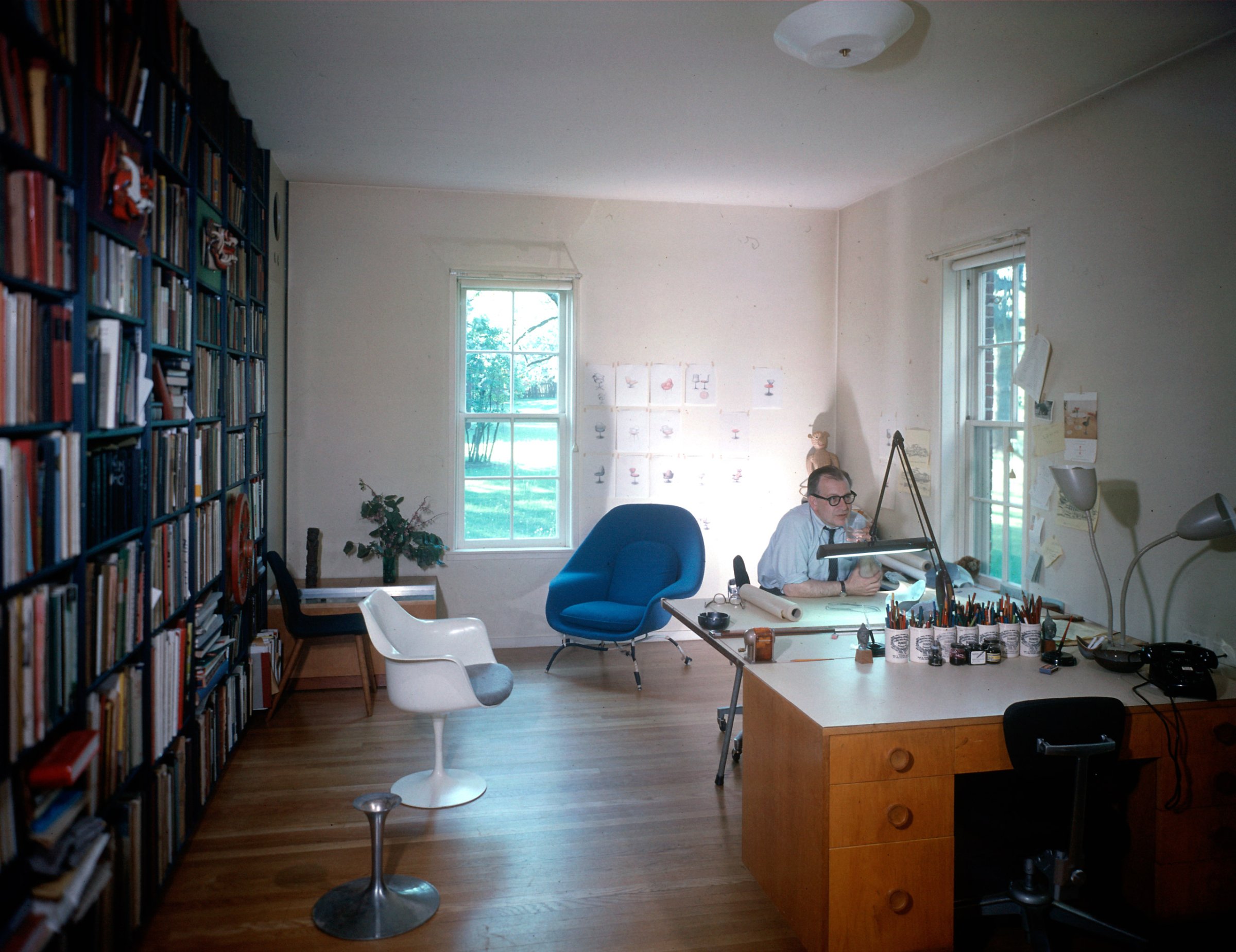
We sit in his chairs, road-trip to his iconic landmarks and even worship in his churches. Eero Saarinen, born in Finland and educated in the U.S., was one of the most influential architects of the 20th century. Since his death at age 51 from a brain tumor, he has been outlived—as is the fate of all successful architects—by the work he created, neofuturistic designs that have become a permanent fixture of our landscape.
The son of the renowned Finnish architect Eliel Saarinen, the junior Saarinen grew up in his father’s workroom, and the two entered into a partnership after Eero completed his studies at the Yale School of Architecture. His work ranged from the grand—the TWA Terminal at JFK Airport and the Jefferson National Expansion Memorial Arch in St. Louis—to the everyday, as with the chairs he designed both on his own and with Charles Eames.
Here, on what would have been his 105th birthday, is a selection of Saarinen’s work photographed for LIFE Magazine—from the in-demand, design-oriented furniture to the landmarks that define American cities. Though his aesthetic was eclectic, it can be summed up in four words, as LIFE put it following Saarinen’s death in 1961: “poetic inventiveness, monumental simplicity.”

Liz Ronk, who edited this gallery, is the Photo Editor for LIFE.com. Follow her on Twitter @lizabethronk.
Correction: The original version of this story misstated how old Eero Saarinen would be on Aug. 20, 2015. He was born on Aug. 20, 1910. Aug 20, 2015 is his 105th birthday.
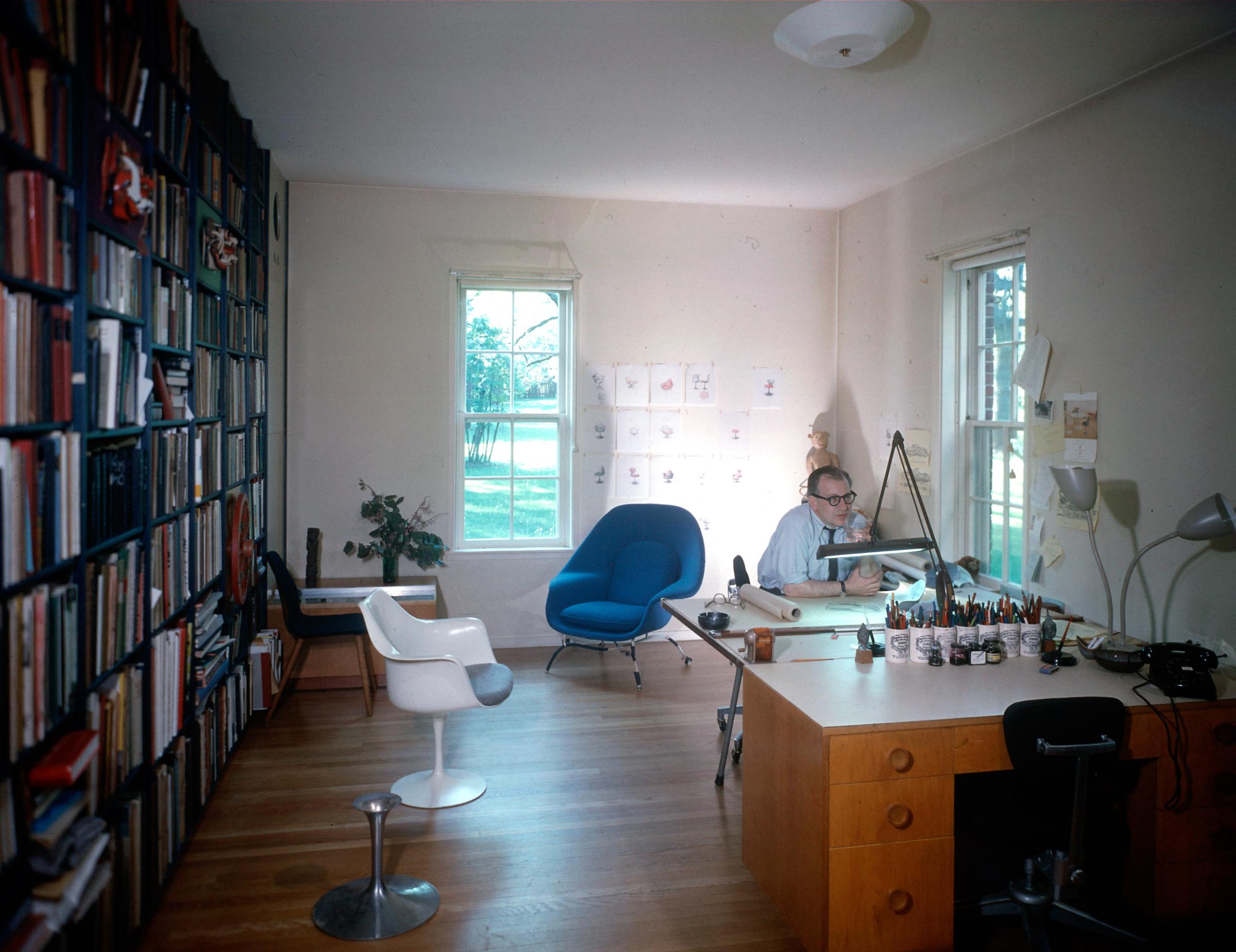
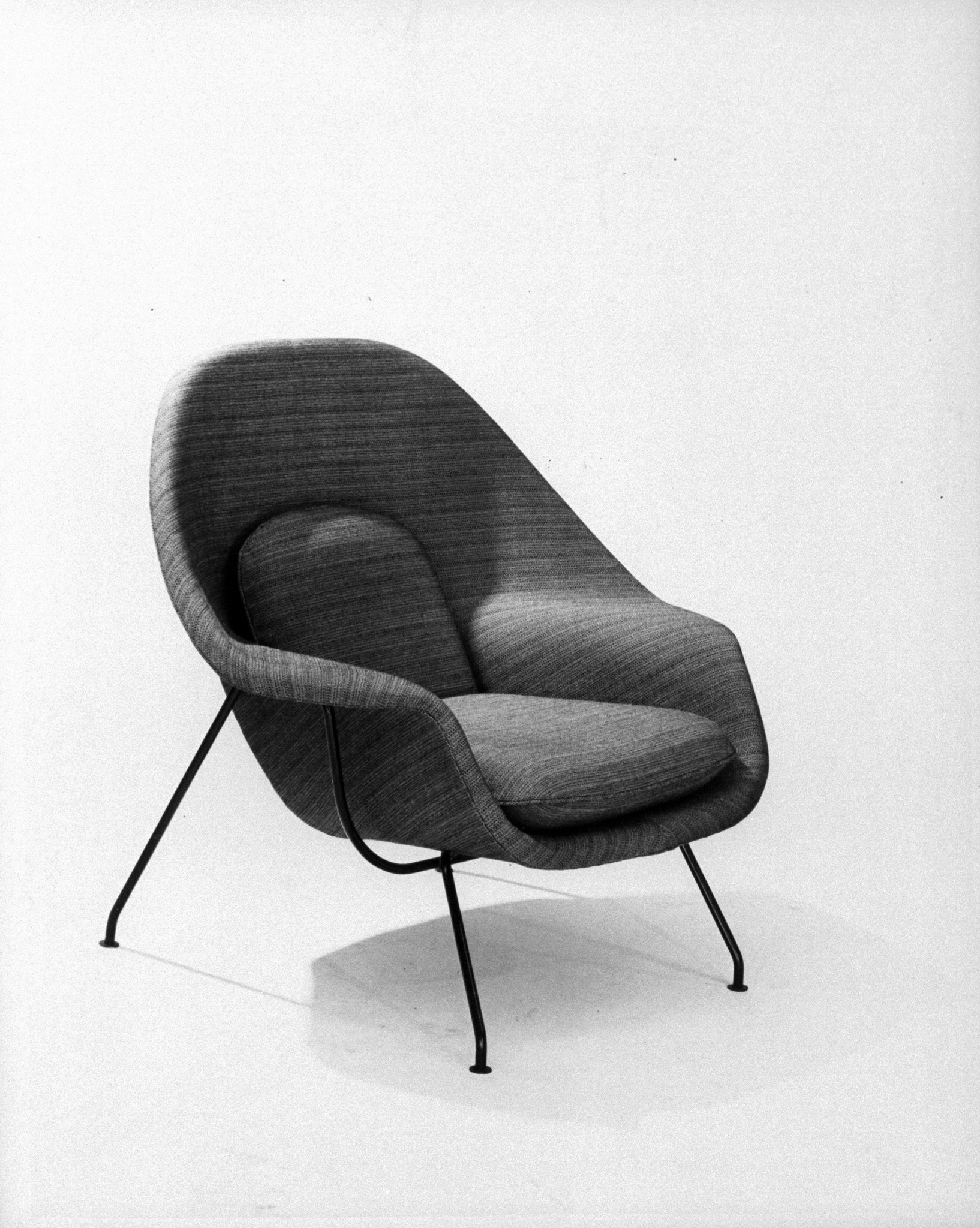
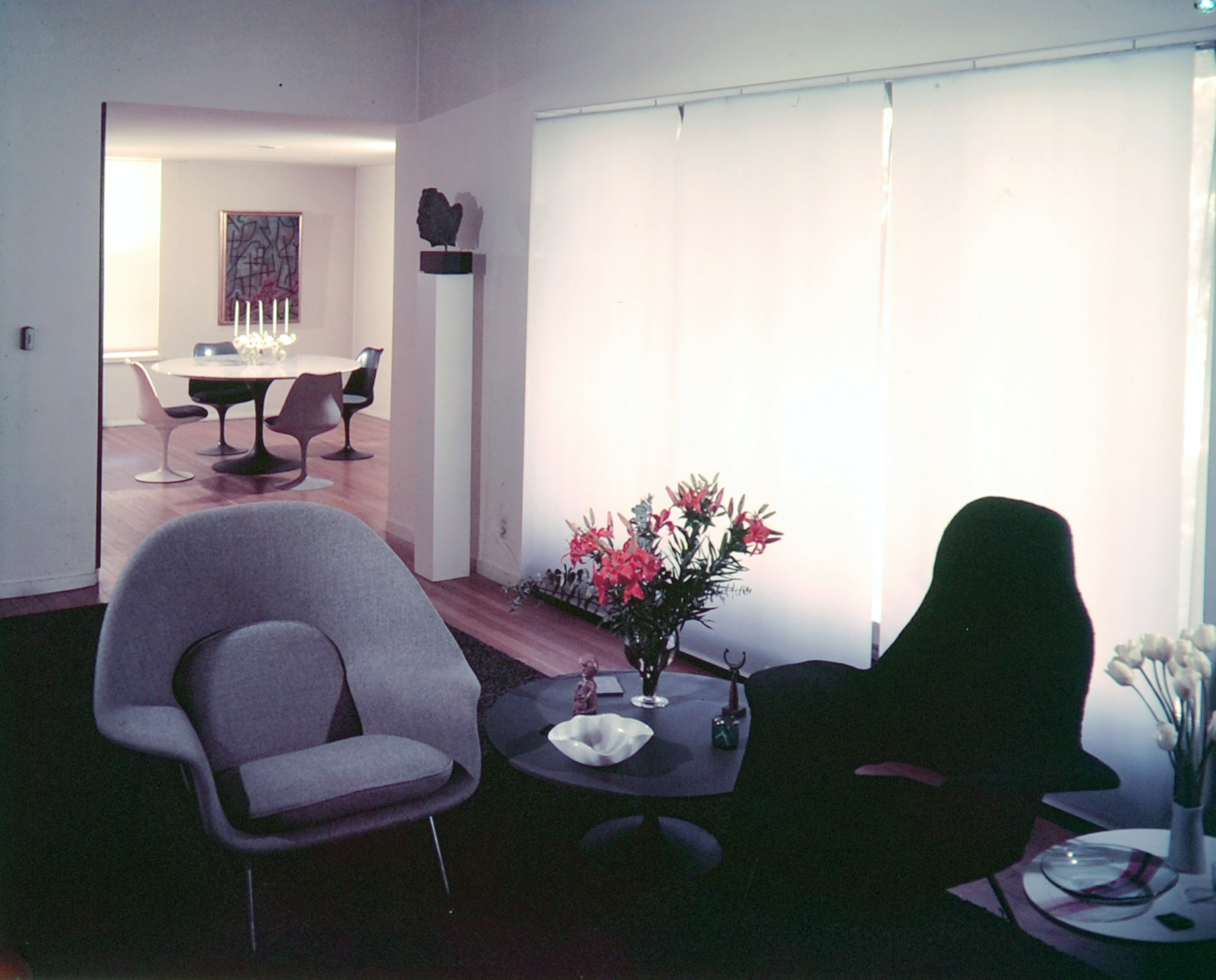

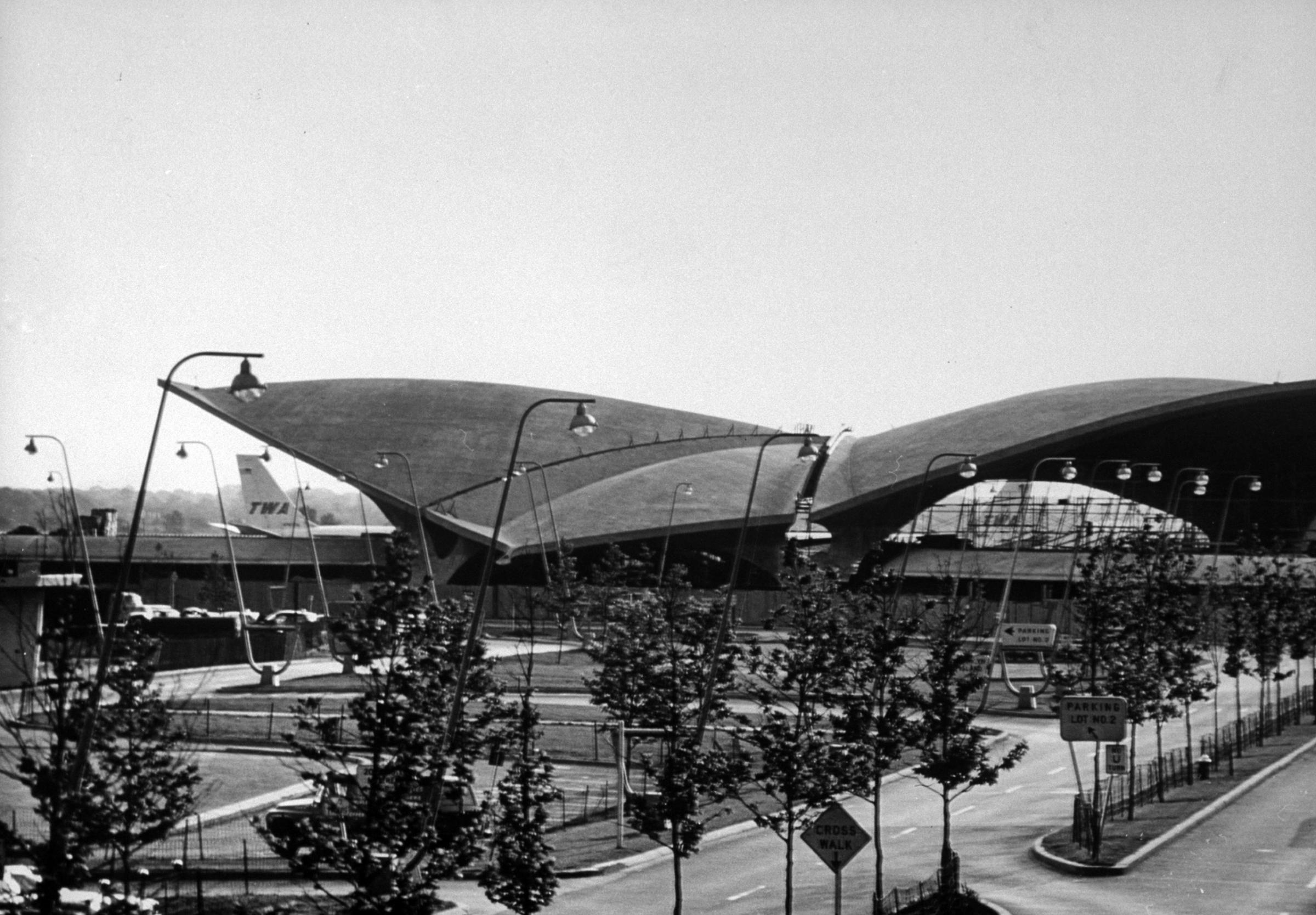

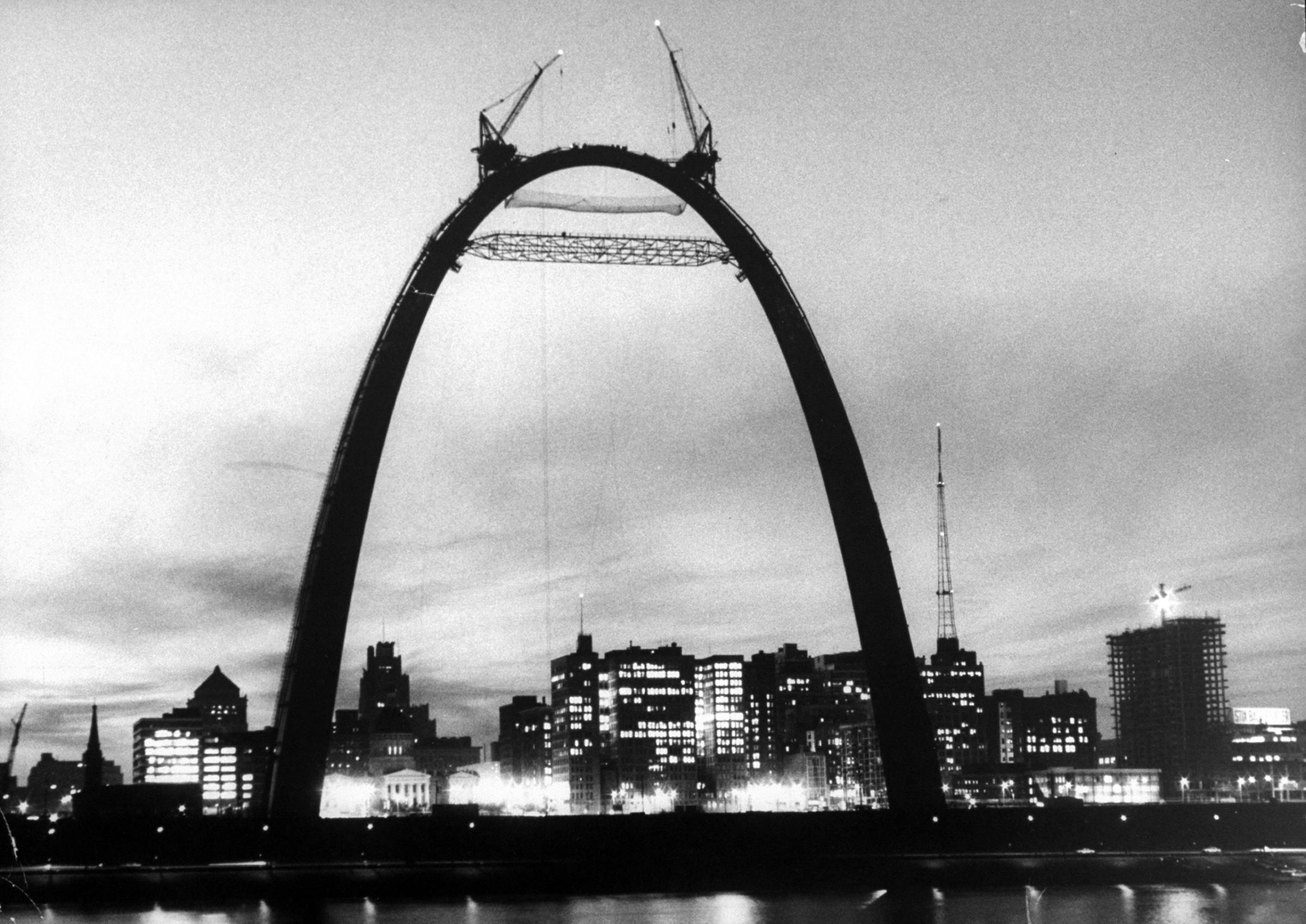

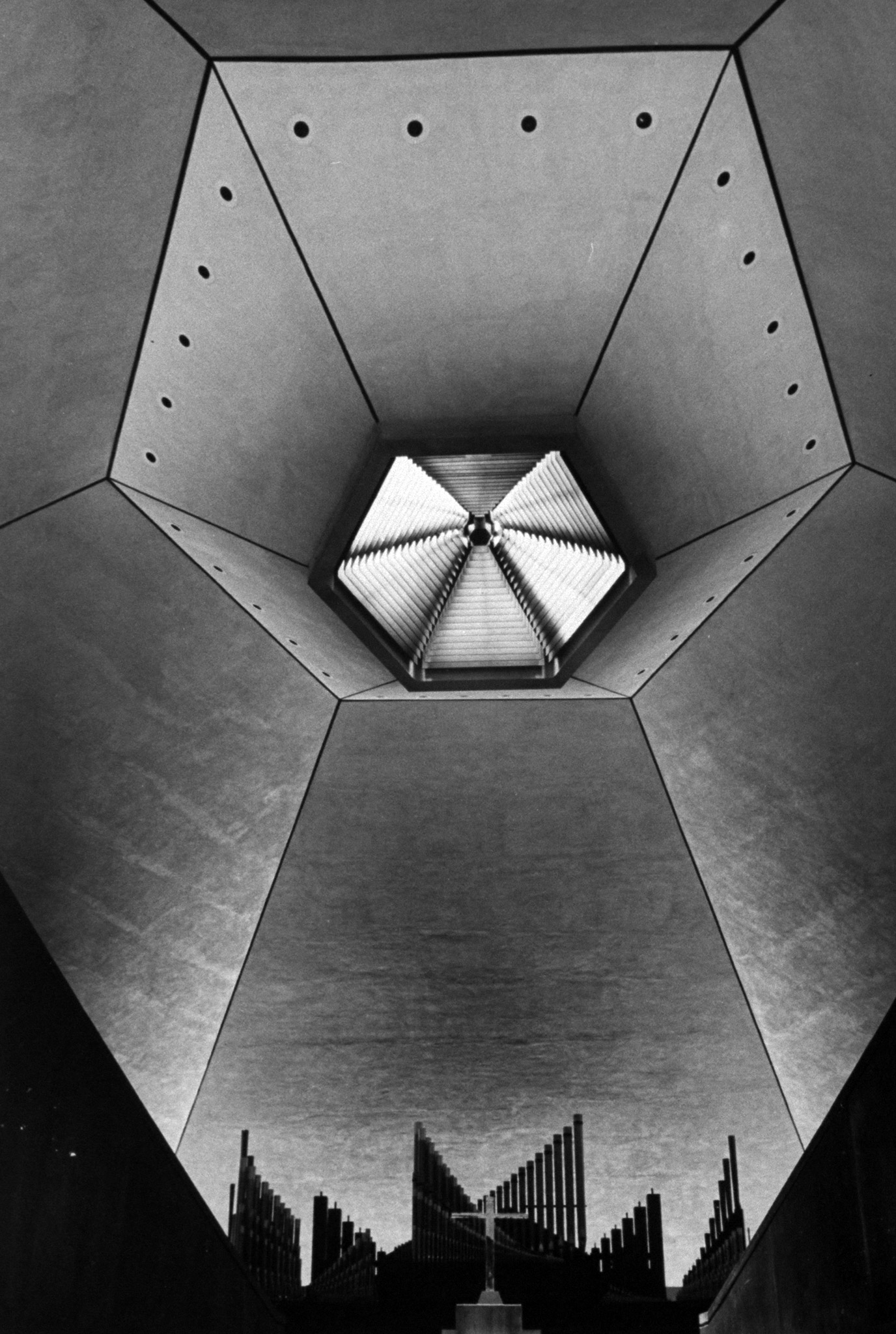

More Must-Reads from TIME
- Cybersecurity Experts Are Sounding the Alarm on DOGE
- Meet the 2025 Women of the Year
- The Harsh Truth About Disability Inclusion
- Why Do More Young Adults Have Cancer?
- Colman Domingo Leads With Radical Love
- How to Get Better at Doing Things Alone
- Michelle Zauner Stares Down the Darkness
Write to Eliza Berman at eliza.berman@time.com